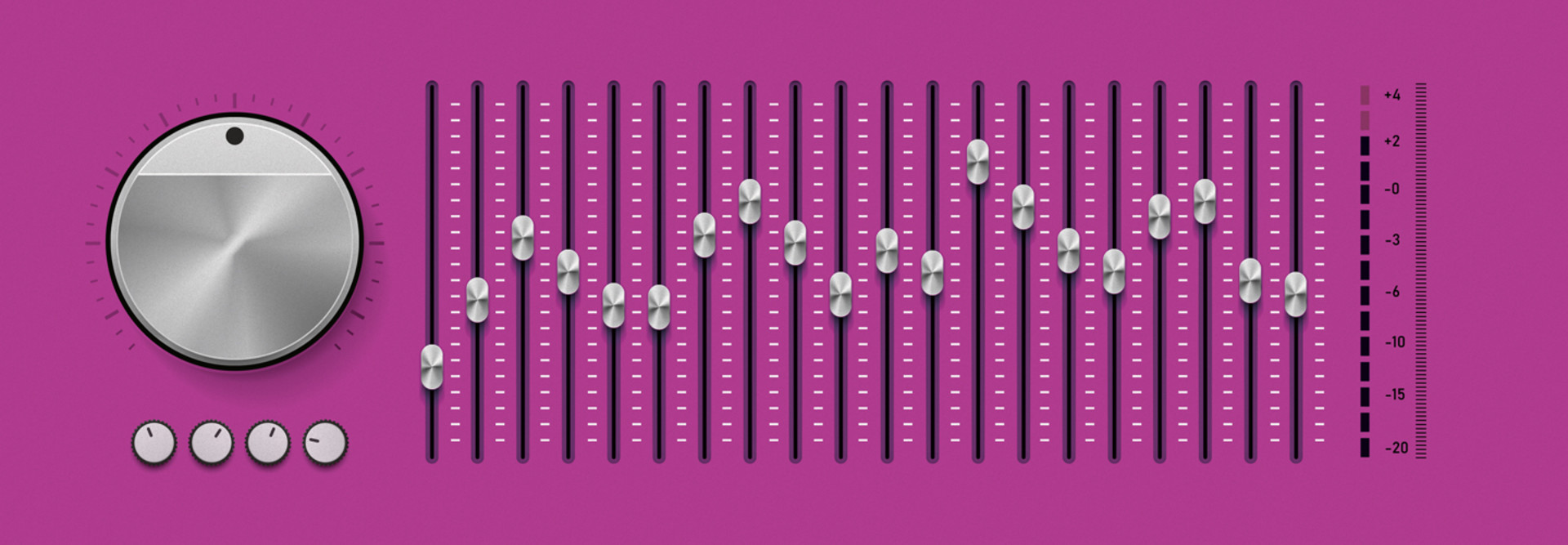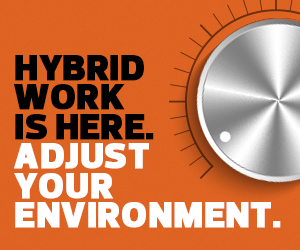Throughout the COVID-19 pandemic, the way the world works has changed, and it’s still in transition. Companies can easily find themselves playing catch-up in trying to get a clearer picture of how their remote and dispersed workforces are going about their day-to-day tasks.
As a result, collaboration analytics has emerged as a powerful tool to provide enterprises with more insight. “Collaboration analytics allows for a better understanding of how people might be working,” explains Will McKeon-White, a Forrester analyst specializing in infrastructure and operations.
A catalog of services — such as Microsoft’s Viva Insights (part of its Microsoft 365 platform), Google Work Insights and Cisco Webex, among others — are helping executives, managers and IT leaders better understand how to improve productivity and communication in the new status quo.
What Insights Can Collaboration Analytics Provide?
Remote work models require a diverse range of collaborative tools, all of which offer unique data-driven insights into how people are working.
Using artificial intelligence-enabled analysis of accumulated messages, major collaboration solutions provide enterprises with a clearer understanding of the way employees share information, how tasks are collaborated on, and departmental exchanges. Analysis of employee activities within Google Workspace, for example, can help better demonstrate which services, such as Gmail, Google Docs or Google Sheets, are most critical to employee collaboration.
Meanwhile, analytics from the video services that power hybrid work models can help organizations see when employees are working, how much time they spend in meetings or how stabile their internet connections are.
Click the banner below to explore the solutions you need for a well-honed hybrid work environment.
How Can Businesses Use Collaboration Analytics?
When businesses leverage collaboration analytics to assess workforce habits, optimization follows. One application should ensure prioritizing employees’ well-being. “Organizations should be collecting telemetry to actually make sure that people have a decent experience,” McKeon-White says. AI can track instant messages for keywords that indicate low morale levels or job satisfaction, as well as potential signs of burnout, giving enterprises the opportunity to step in and help.
On the other hand, messages from an organization’s most successful teams can be analyzed to better identify how they communicate and collaborate, so their methods can be replicated across a company. For example, Google Work Insights could reveal that individuals on a company’s best team collaborate equally (i.e., no silent or inactive participants) in Google Docs in terms of time spent and number of edits made. This can avoid scenarios where, according to a Harvard Business Review study, up to 35 percent of the most fruitful collaborative efforts come from only 3 to 5 percent of employees.
Insights might illuminate that successful teams have a high percentage of interactions with other departments on projects. With those key metrics identified, an organization can then encourage all departments to adopt those practices — and track their progress in doing so.
Another application of collaboration analytics can lead to insights about video meetings. Tracking their length, frequency and participants can help companies make meetings more efficient — shifting 30-minute check-ins to email where appropriate, or curbing time spent on tangential topics. Organizations might also aim to reduce the number of large-group meetings where many participants don’t contribute because too many people makes speaking up a challenge.
Some tools, like those that Zoom provides, can even monitor the stability of a worker’s bandwidth, allowing companies to ensure videos aren’t sabotaged by poor connectivity.
“They then can help employees optimize those connections,” McKeon-White says. “That way, one person with the faulty connection on the line doesn’t constantly feel like they have to troubleshoot instead of collaborating.”
Despite these benefits, companies should be wary of some hurdles of using analytics.
Click the banner below to receive exclusive content on collaboration when you register as an Insider.
What Pitfalls Should Be Avoided with Collaboration Analytics?
The data provided by collaboration analytics can be substantial. That’s both a benefit and a challenge, as data overload can happen easily. Organizations can avoid this pitfall by being strategic in their approach to their analytics.
Determining in advance what data to prioritize based on which improvements they’re pursuing — more efficient meetings, deeper collaboration or improved video chat quality — can mitigate data overload.
At the same time, analytics on their own won’t provide a clear map of how to transition to more efficient work habits. Enterprises need to carefully consider the data they’ve collected, and how to successfully encourage change throughout the organization. It’s not enough to say that team members aren’t contributing to Google Docs equally. Organizations need to leverage their analytics insights into action steps for workers to implement.
On the other side of all this lies the potential for productivity and efficiency improvements, which is why so many companies are enthusiastically adopting collaboration analytics.
“We have been seeing over the past two years a very rapid increase in the willingness to use these solutions and an increase in the number of organizations experimenting with this,” McKeon-White says. “With the right set of systems, you can achieve some pretty remarkable results.”














